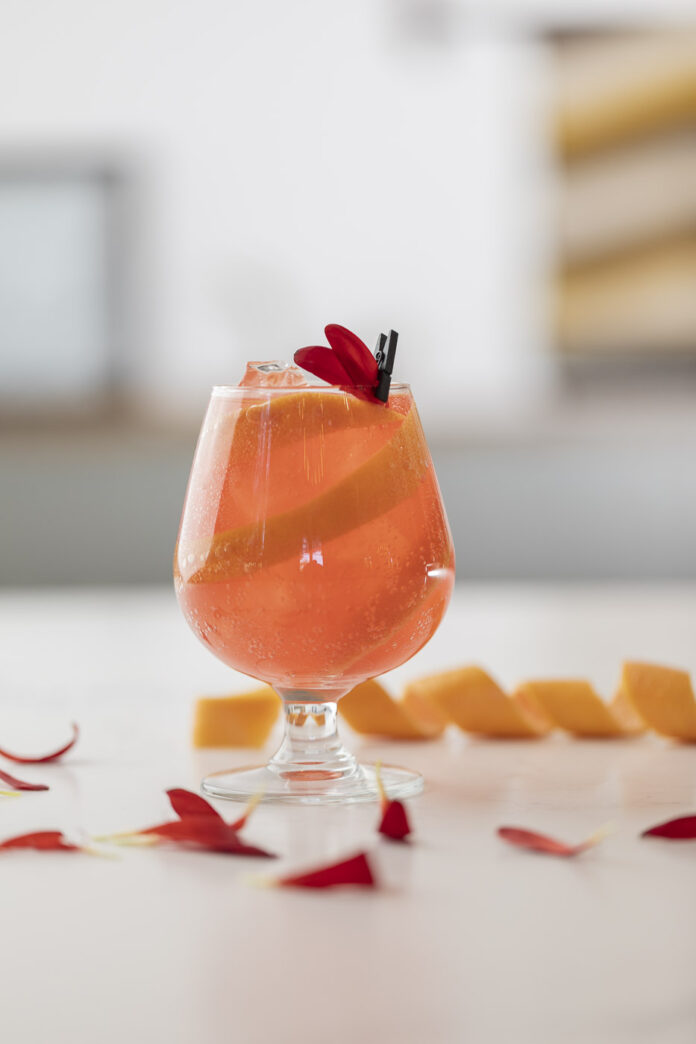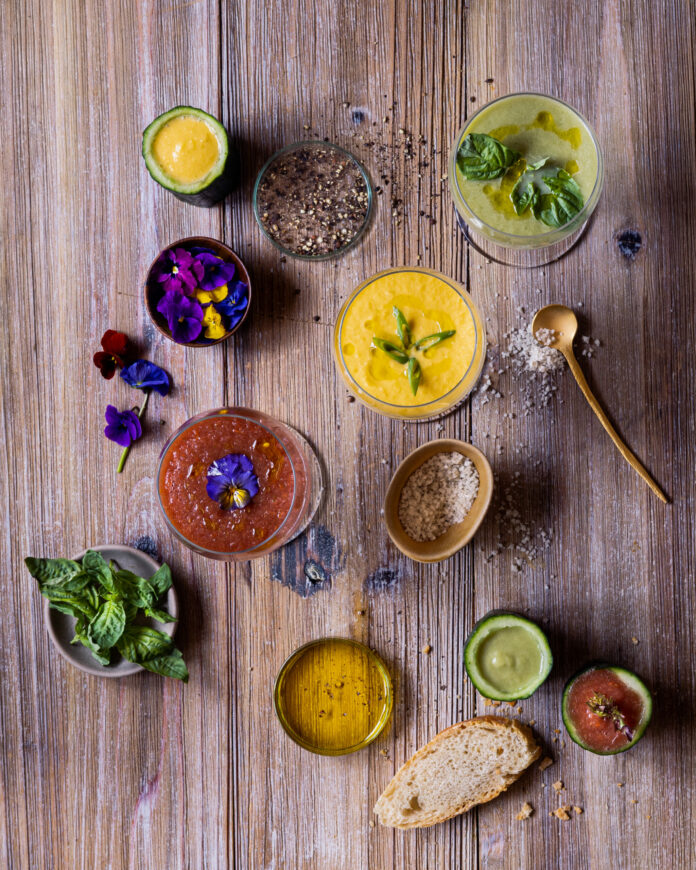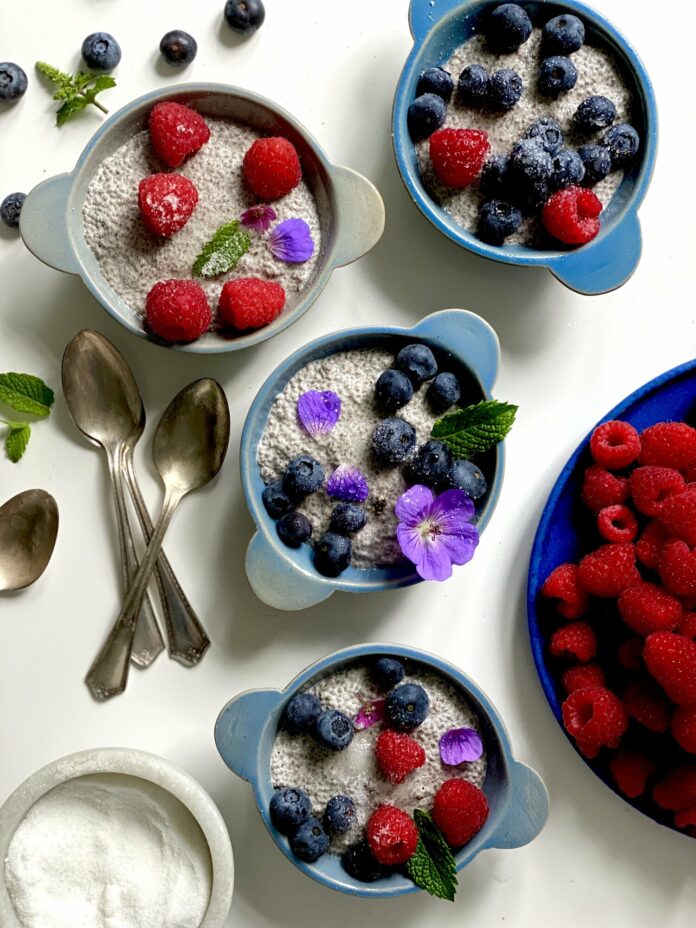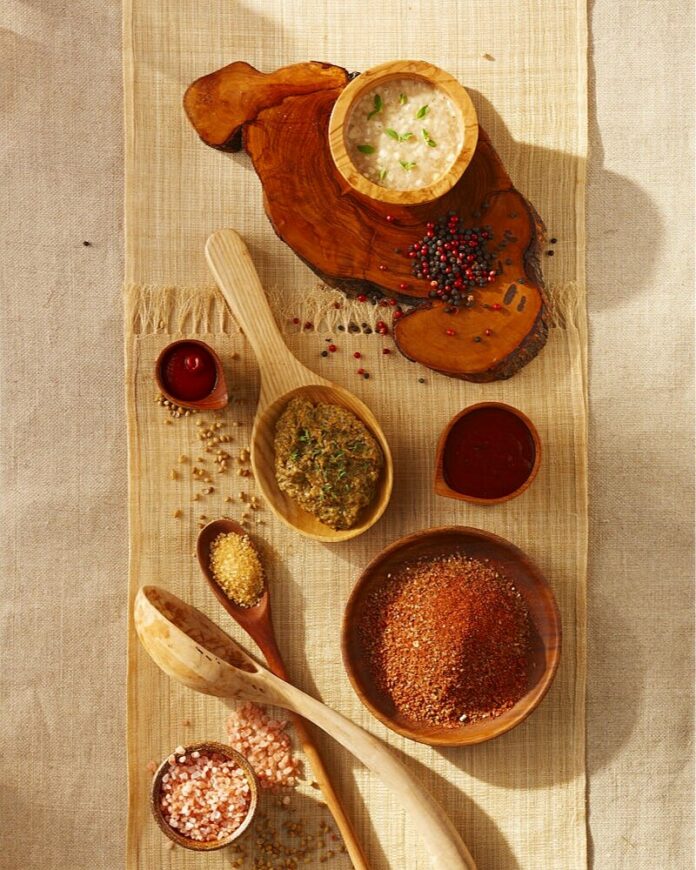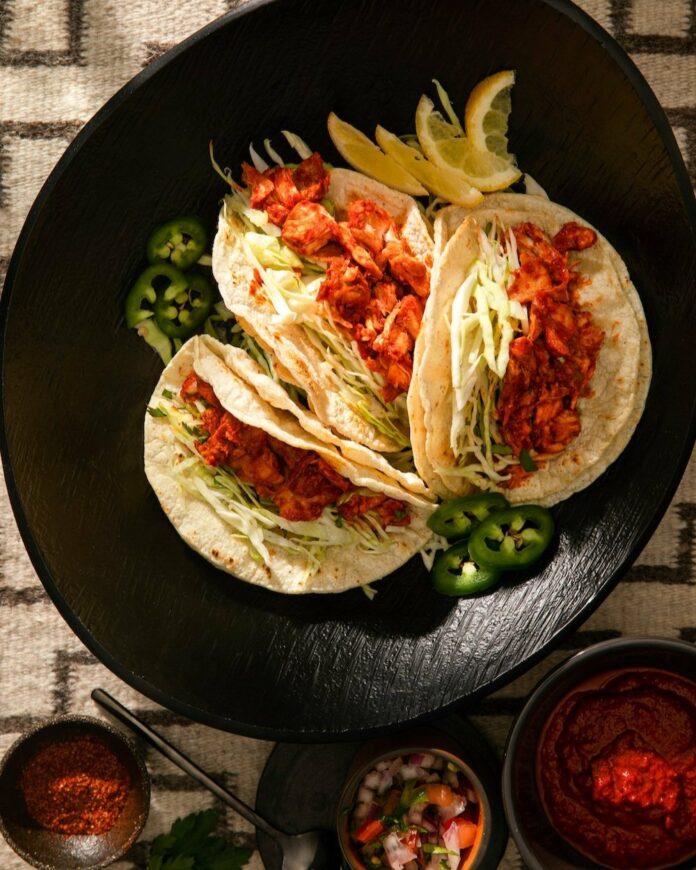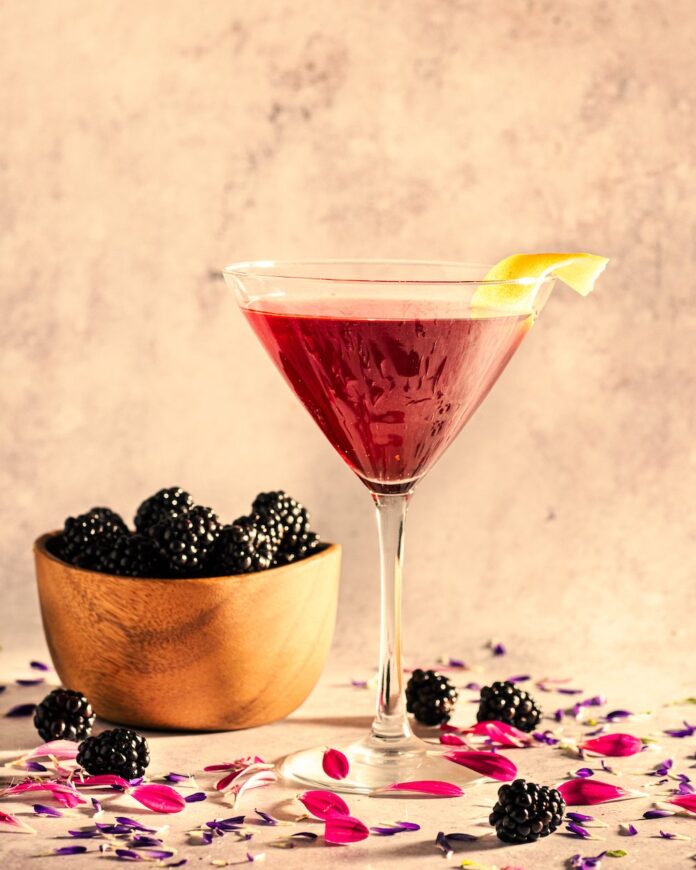Long-time TABLE contributor and recipe writer Rhonda Schuldt has the perfect advice to elevate your outdoor cooking experience: Rub, Soak, and Slather your meats, fish, and veggies with her delectable concoctions. Whether it’s a tantalizing rub, a savory paste, a marinating magic, or a mouthwatering sauce, these diverse seasoning techniques offer an abundance of options for your grilling and barbecuing endeavors this summer.
Rub, Soak, and Slather
Dry Rubs
Dry rubs, a harmonious fusion of aromatic herbs and spices, offer an exquisite way to enhance the taste of meats while forming a delightful, crusty coating. Primarily employed in barbeque preparations, dry rubs work their magic when meticulously massaged into the meat, allowing the flavors to permeate and develop. For optimal results, it is recommended to let the dry rub work its wonders for several hours or even overnight in the refrigerator, enabling a deep infusion of flavors.
Lee’s Favorite Rub: Pork, Beef, Chicken
INGREDIENTS
3/4 cup paprika
1/4 cup salt
1/4 cup ground black pepper
1/4 cup turbinado sugar or light brown sugar
2 tbsp. chili powder
2 tbsp. garlic powder
2 tbsp. onion powder
2 tbsp. celery powder
2 tbsp. ground oregano
DIRECTIONS
- Mix together in a bowl.
Wet Rubs /Pastes
In contrast to their dry counterparts, wet rubs offer a moist twist to the flavor-enhancing experience. By incorporating moist ingredients, these rubs transform into a luscious paste-like consistency. Just like dry rubs, the key lies in massaging the wet rub into the meat and allowing ample time in the refrigerator for the flavors to intertwine. When it comes to crafting wet rubs and pastes, the possibilities are endless. You can experiment with a wide array of fresh or dried herbs, spices, peppers, roasted or raw garlic, mustards, mayonnaise, oils, juices, and even yogurt. Not only do these wet rubs and pastes infuse delectable flavors, but they also help to maintain the succulence of meats, fish, or poultry during the roasting and grilling process.
Roasted Garlic, Horseradish, and Mustard: Fish, Pork, Chicken, Beef, Lamb
A terrific flavor-enhancing paste. Modify it by leaving out the horseradish or changing the herbs and mustard (try honey mustard or grainy mustard) to suit your taste.
INGREDIENTS
4 cloves roasted garlic, mashed
1 tbsp. prepared horseradish
2 tbsp. Dijon mustard
1 tsp. dried thyme
1 tsp. freshly ground black pepper
1 tsp. kosher salt (optional)
DIRECTIONS
- Place all ingredients in a bowl and mash together into a paste.
Marinades
Marinades, the liquid wonders of culinary mastery, possess the power to imbue meats, seafood, and vegetables with flavor while tenderizing them to perfection. The possibilities for flavor combinations are boundless, but at the core of every marinade lies an acidic tenderizing agent, such as wine, vinegar, or citrus, serving as the foundation for a harmonious blend of herbs, spices, and other ingredients. To achieve optimal results, marinating should always take place in the refrigerator and within a non-reactive container. Zip-top bags prove to be the ideal choice, allowing for easy and efficient marinating. With these simple guidelines in mind, you can embark on a culinary adventure, creating marinades that elevate your dishes to new heights of taste and tenderness.
Simply Delicious Lemon, Garlic, White Wine Marinade: Chicken, Pork, Lamb, Beef, Fish, Seafood, Veggies
Delicious on its own, this is also an incredibly adaptable marinade base for any flavor profile you’re going for.
Basic Marinade:
INGREDIENTS Juice of one fresh lemon, approximately ¼ cup (use Meyer lemons when in season)
1/3 cup white wine
5 cloves garlic, minced
1 tsp. kosher salt
½ tsp. black pepper
DIRECTIONS
- Mix all ingredients together before pouring over meats or vegetables, and marinate according to the suggested time.
Exciting Flavor Adaptations to Try:
- Indulge in Mediterranean-inspired grilled chicken breasts or thighs by combining dried basil, oregano, and fresh or dried thyme.
- Elevate your grilled flank steak by using lime juice instead of lemon, and adding a dash of ground cumin, coriander, oregano, and a splash of soy sauce.
- Transport your taste buds to Cuba with a delectable grilled pork tenderloin: substitute the wine with the juice of a fresh orange, and infuse it with the flavors of cumin, coriander, a bay leaf, and a hint of cayenne.
- For an unforgettable grilled or roasted leg of lamb, double the recipe and include a generous handful of fresh, chopped rosemary.
- Transform grilled cauliflower into a stunning culinary delight: replace the wine with 1 cup of yogurt, and introduce grated ginger or ginger paste, garam masala, and ground coriander into the mix.
Story by Rhonda Schuldt / Photography by Marcy Holquist / Styling by Keith Recker
Don’t miss a single delicious thing: Subscribe to TABLE Magazine here!
